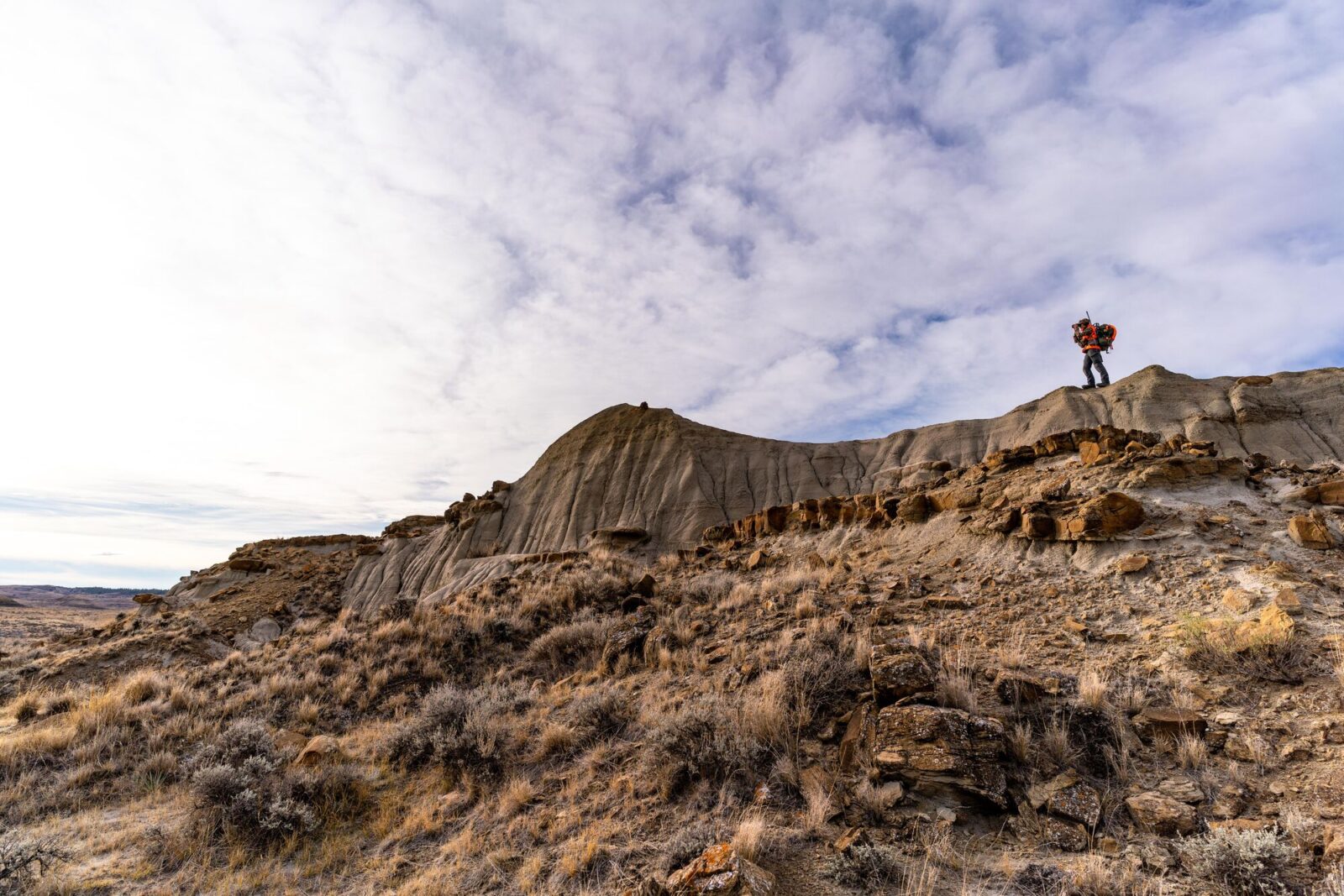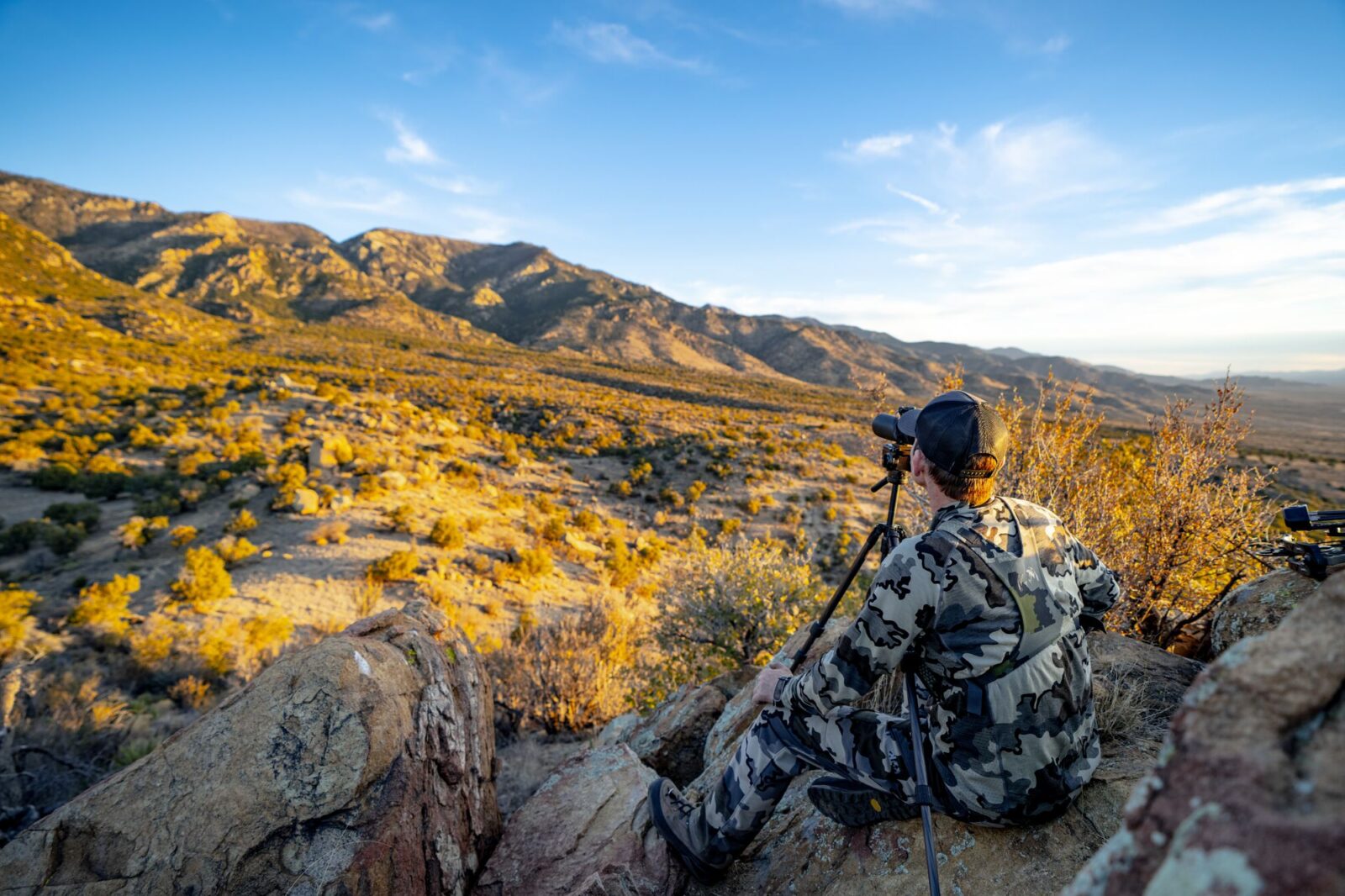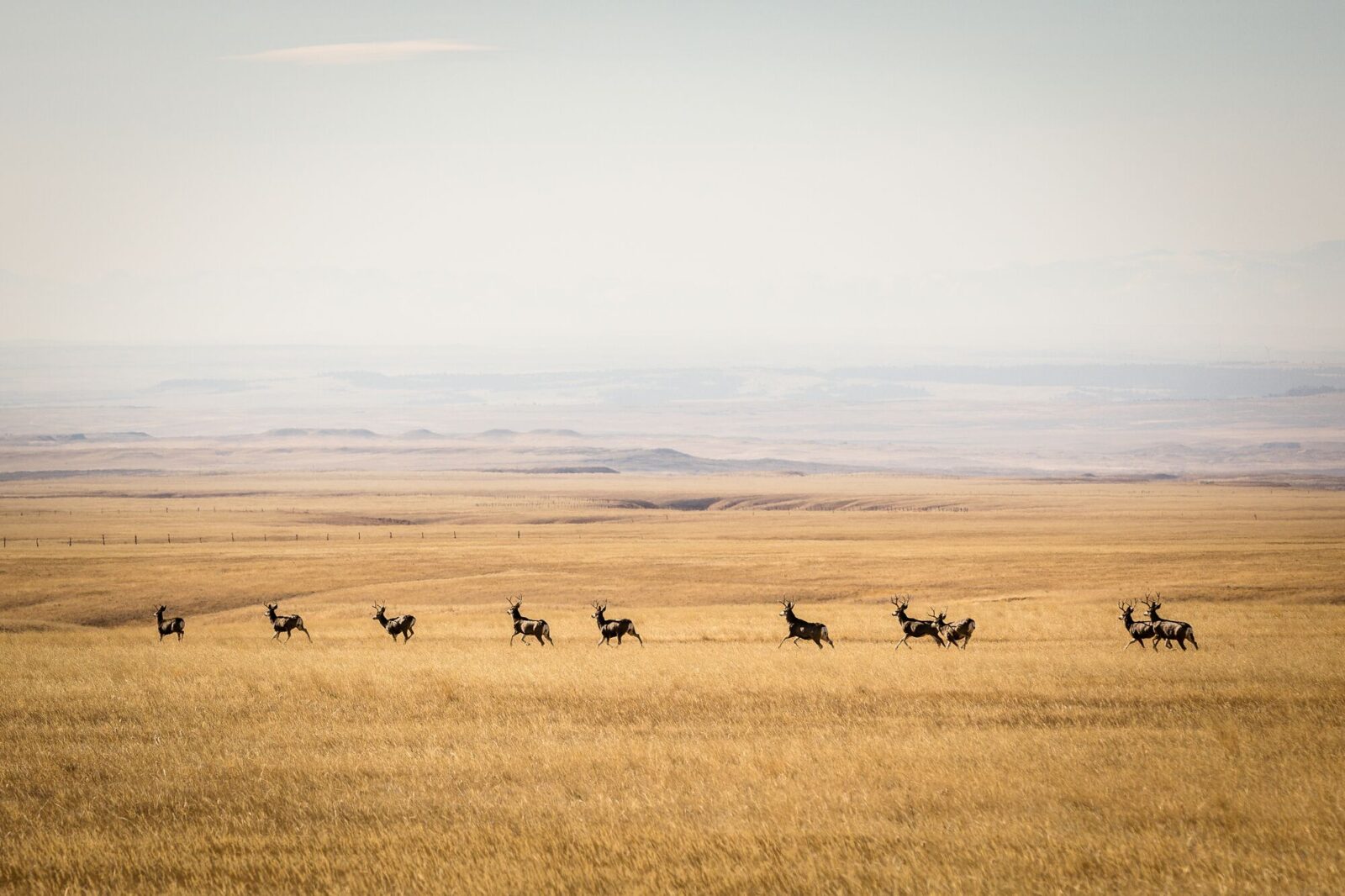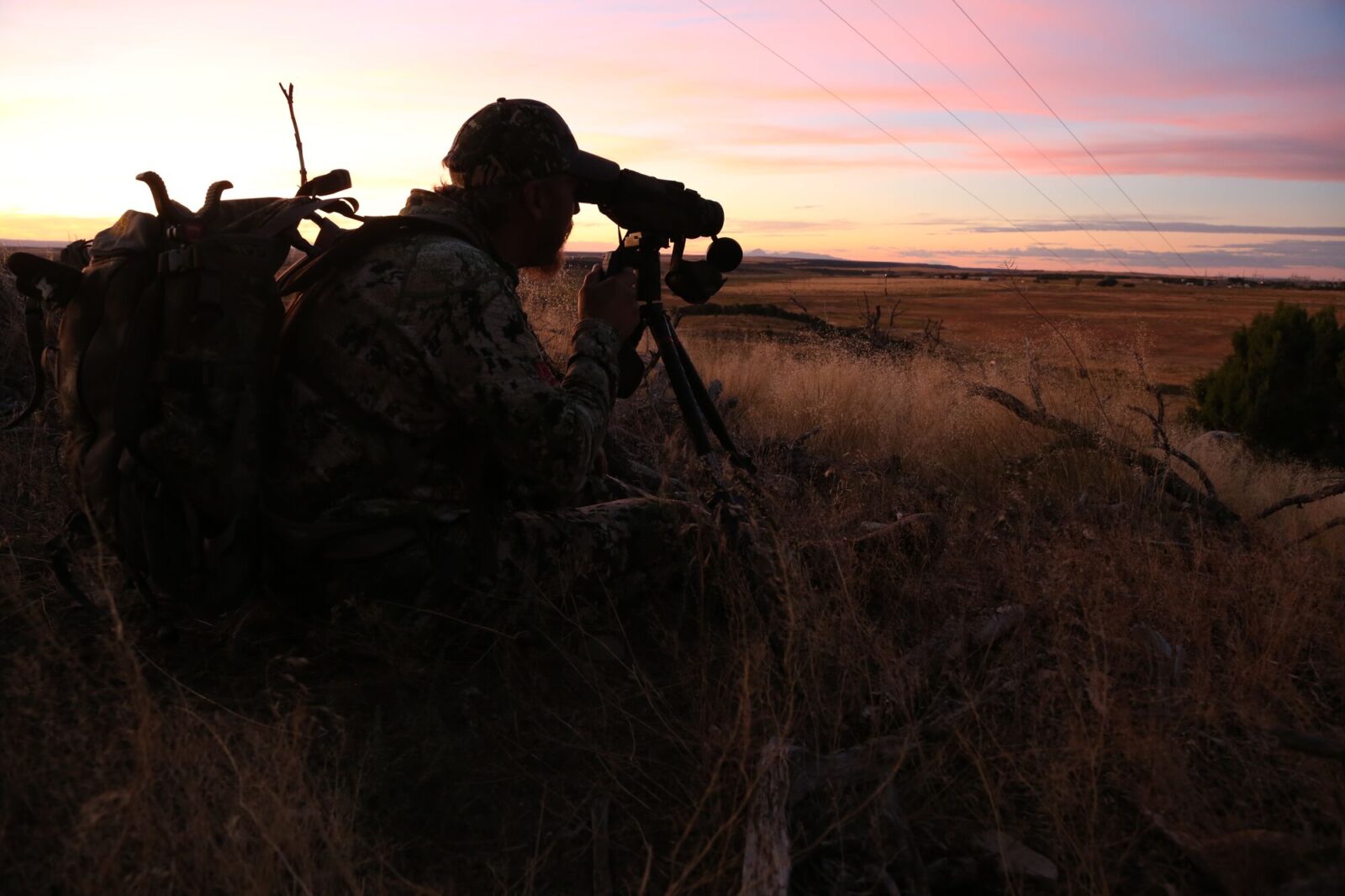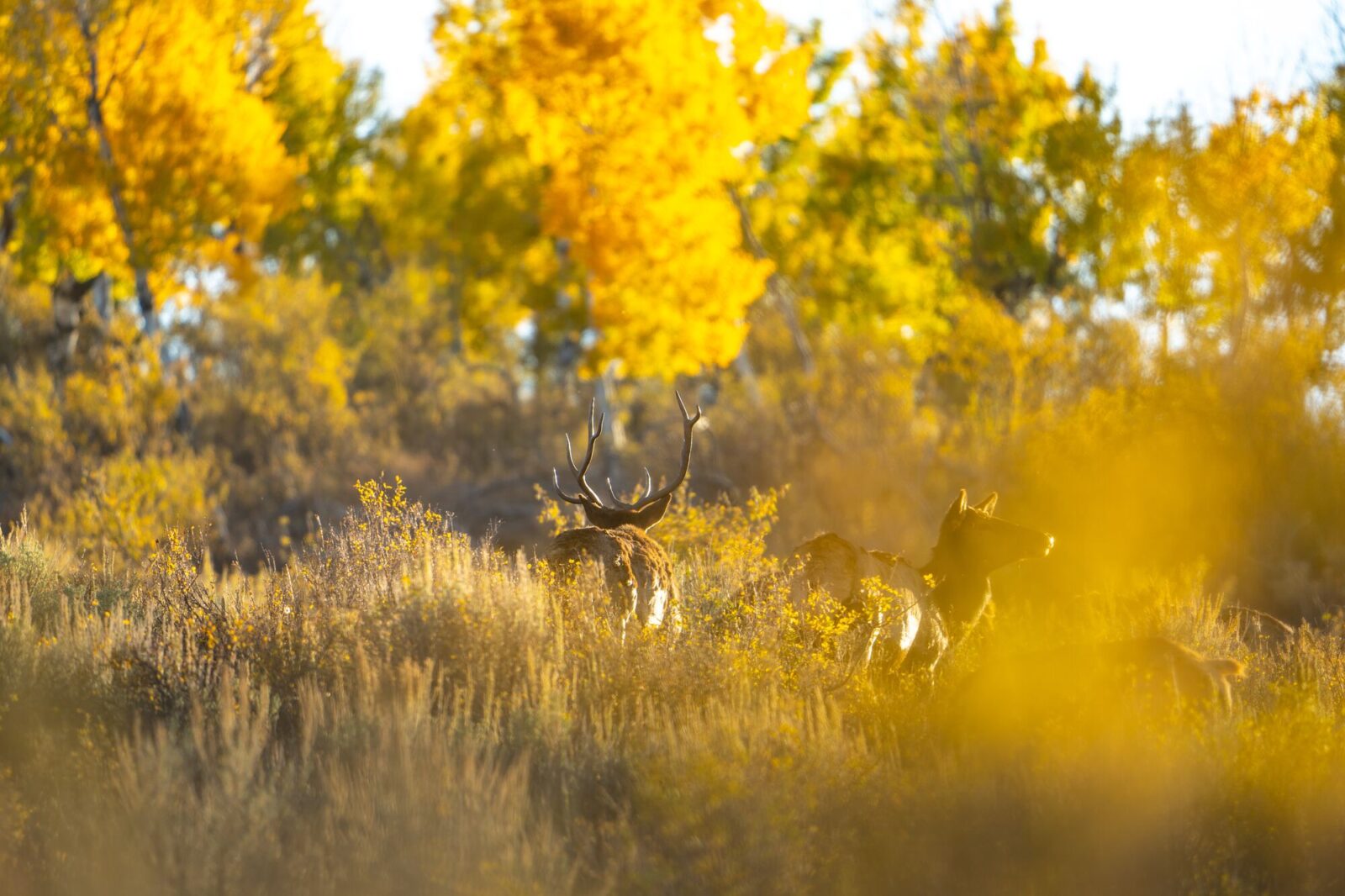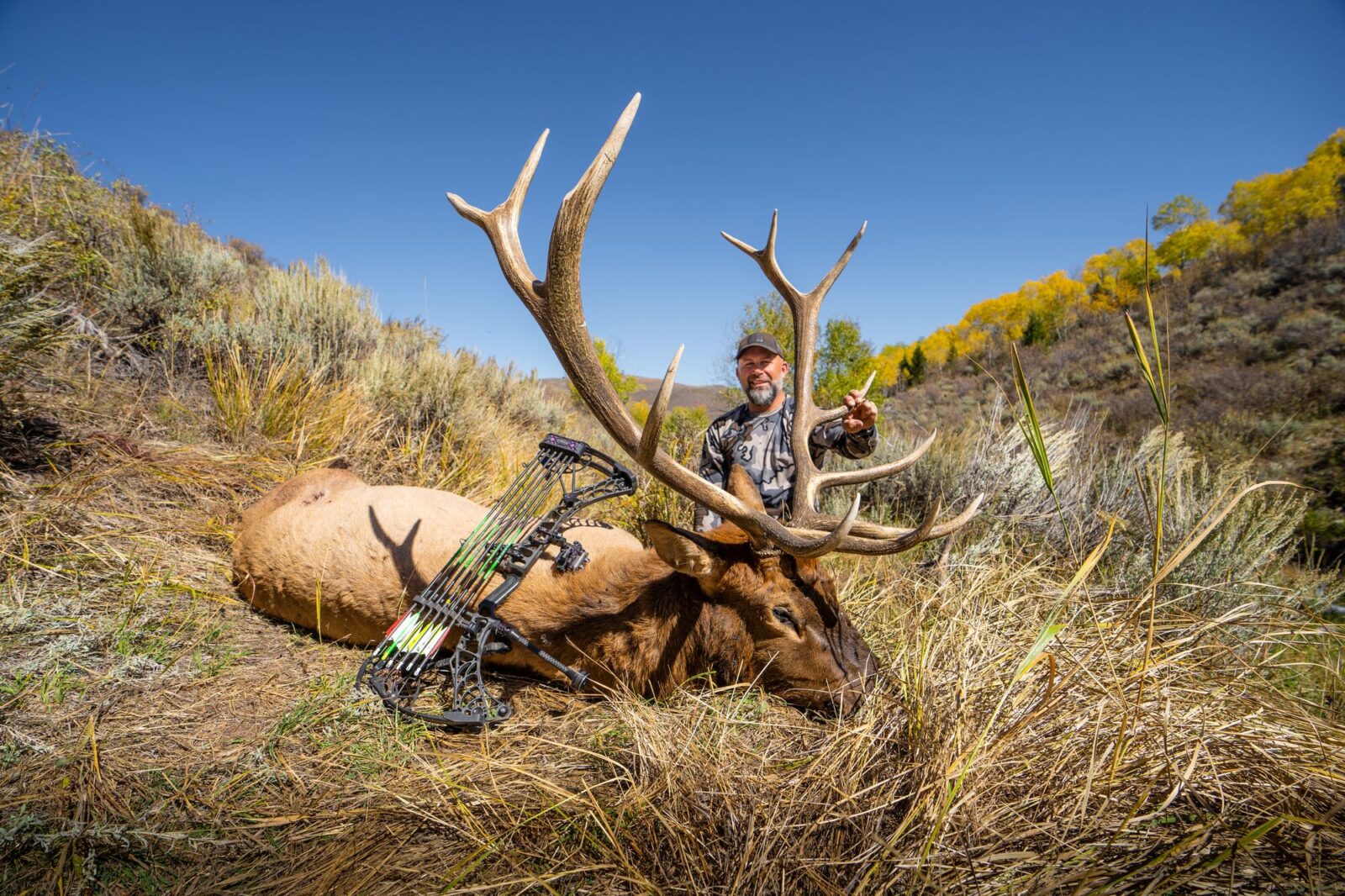From Huntin’ Fool: As state agencies adapt to increased demand and a reduced supply of big game permits, it’s crucial for sportsmen to stay informed about ongoing changes and potential adjustments. Non-residents are seeing their quotas reduced while permit prices continue to climb in many states. Staying ahead of these developments is key to securing opportunities. The following information is designed to help sportsmen identify new prospects and refine their application strategies for the upcoming season.
Alaska
Big game populations in Alaska fluctuate as frequently as the weather. Currently, moose populations in southwest Alaska have reached record highs, while caribou and Dall sheep numbers continue to decline across much of the state. With upcoming changes in federal administration, there is hope that more control over hunting management will be returned to state authorities. However, only time will tell how these changes will unfold.
Arizona
Most of Arizona’s draw tag opportunities remain unchanged; however, they continue to mess with the non-resident opportunity for archery over-the-counter tags. Starting with the 2023 calendar year, the non-resident archery deer tag quota was set at just under 3,000 tags. These tags went on sale online in December 2022 and sold out completely within 48 hours. Fast forward to the 2025 tag sale day, which was November 4, 2024, with all non-resident tags selling out in less than 17 minutes. This means that you may not purchase an OTC deer tag to hunt any of the 2025 seasons if you didn’t already purchase a tag.
If you were lucky and hold an archery tag, keep in mind that you must also follow the harvest quota thresholds per unit as it will close to all deer hunting once a certain number of buck deer have been harvested and reported, regardless of future season dates. This harvest quota resets with each regulatory year (August through January).
The 2025 season will be the last year that Commissioner Auction statewide permits will be available in the state. The Commission voted to no longer allow special tags to be sold at auction. For now, we will see the Conservation First organization sell them via their raffle where you must be present in the state of Arizona to purchase them.
Colorado
The wolf supplementation efforts in Colorado during 2023 have validated many concerns raised by local farmers and ranchers regarding depredation incidents and the challenges of relocating problem wolves from one state to another.
In addition to wolf-related topic, the Colorado Wildlife Commission voted to transition all nonresident archery elk hunts to a draw-only system. This decision affects more than 30 units on the western side of the state, moving them from unlimited over-the-counter licenses to a quota system for nonresident hunters.
As of January 1, 2025, CPW had not finalized unit groupings or license quotas for each hunt code. However, in previous meetings, the commission indicated plans to use historical nonresident hunter numbers as a baseline for setting license quotas in 2025. The goal is to match demand while minimizing negative impacts on the 2025 budget resulting from this change.
The Colorado Wildlife Commission also approved adjustments to the rifle season date structure for the next five-year season framework. The initial rifle season dates will resemble those from last year, but instead of reverting to the 2021 schedule, the dates will progressively shift earlier each year by a day or two. Additionally, the commission voted to extend the third rifle season back to nine days, up from the seven-day season introduced in recent years.
Idaho
Idaho continued its chaotic December tag sales process this year, despite rescheduling the sale to Tuesday, December 10, 2024. More than 45,000 online users logged into the “virtual waiting room” before tags became available at 10AM Mountain Time. While the website avoided crashing this year, the processing speeds were so slow that by the time most users made it out of the waiting room and into the purchase system, nearly all tags were already sold.
Estimates suggest that fewer than 500 online users were able to access a full selection of tags. So, who secured the non-resident tags? In-state license vendors and Fish and Game offices processed in-person transactions much faster, giving those customers a significant advantage. As a result, online users had minimal chances to obtain the elk tags they wanted, though some deer tags were still available by the time their waiting room session ended.
The Idaho State Legislature may address these issues during the upcoming session, possibly introducing bills to revise the non-resident general tag sales process. Stay tuned for updates on any proposed changes.
For those holding a 2025 general elk or deer tag, it’s important to note that season dates, weapon restrictions, and other regulations have not yet been finalized. Some tag holders may find that the season they planned to hunt has been modified or even eliminated. General tags can be returned or exchanged before the season begins. Returned tags will be made available for purchase on predetermined dates, approximately once a month.
Nevada
Nevada began their first resident only Shiras Moose hunting season in 2024. This is great news for their increasing moose populations and someday we hope to see a non-resident tag. New for 2025, electronic e-tagging of big game should be available for the fall seasons.
New Mexico
Due to the calendar rotation, many New Mexico hunts will roll back to later start dates in 2025. Make sure to review the hunt regulations carefully to see how later dates may help or hurt the hunting experience you expect to have. The state’s Game Commission also passed a rule change that goes into effect this year requiring that all non-resident youth hunters must now be a minimum of nine years old with out-of-state hunter education completed.
Utah
Utah has made several significant changes to its mule deer management plan for 2025, though not to the extent many anticipated. One of the most notable changes is the adjustment to general season buck-to-doe ratios. Despite public feedback favoring higher ratios, the Utah Wildlife Board adopted UDWR’s recommendations to lower the majority of general season deer units to 15-17 bucks per 100 does, down from 18-20. This decision moves 12 units into the lower management level, leaving only 11 of 31 units managed for 18–20 bucks per 100 does, with just 1–2 of those units being more than 50% public land. This change is expected to result in a significant increase in general season tags for 2025.
Additional changes include boundary adjustments to several general season units. The Beaver unit was split into Beaver West and Beaver East, while the Oquirrh-Stansbury unit was divided into Oquirrh/Tintic and Cedar/Stansbury. The West Desert/West and West Desert/East units were also combined into the new West Desert, Swasey unit. Furthermore, three general season units—Beaver/West, Boulder/Kaiparowits, and Cache—will undergo a restricted weapons hunting management study from 2025 to 2028. During this period, rifle restrictions will require open sights and prohibit semi-automatics, while muzzleloaders must use open sights and cannot employ 209 primers.
Utah also added new limited entry deer hunts for 2025, including a HAMSS hunt in the San Juan/Mancos Mesa area of the San Juan/Abajo unit and a late-season any weapon hunt in the Little Rockies area of the Henry Mountains unit. For elk and antelope, several private land elk hunts and a new muzzleloader antelope hunt were introduced. Changes to bison hunting include a reduction in nonresident Any Bison hunts in the Book Cliffs to one, leaving only two nonresident Any Bison hunts statewide, with the second being in the Henry Mountains. Additionally, a nonresident cow bison hunt will also be available on the Henry Mountains.
Additionally, a few new hunts for Once-In-a-Lifetime species have been introduced. Moose hunters will find a new opportunity in northern Utah with the Box Elder hunt, open to both residents and nonresidents. However, the Morgan-South Rich moose hunt will no longer be available to nonresidents starting in 2025. Desert bighorn sheep hunting saw the Escalante unit split into Escalante, east and Escalante, west to balance harvest between the two areas. The east side offers easier access, while the east side is primarily backpack hunting territory. Only the east side will be open for nonresidents. For Rocky Mountain bighorn sheep, a new hunt on Antelope Island is being offered in 2025, following transplants from Montana’s Rocky Boy Indian Reservation in 2020 and Arizona’s Unit 28 in 2022. This hunt is available to residents only.
To improve planning, UDWR has also established season dates for all hunts over the next three years. These updates reflect significant shifts in Utah’s wildlife management and hunting opportunities for 2025, providing new challenges and opportunities for hunters. A new percentage based transaction fee will be added to all license, permit, and application fees beginning this year. This is the last year that Utah will use the System Consultants draw system, as a new draw vendor (Aspira) will entirely change the system and application program beginning in 2026.
Wyoming
Wyoming did not make too many changes for 2025 as compared to past few years. The most significant change was the addition of the type 8 reduced price cow/calf licenses that are over the counter, for residents and non-residents alike. These licenses are available in nine units in eastern Wyoming and are unlimited, meaning you can purchase as many as you want. However certain regulations apply to these licenses depending on each unit, like private property only or only valid for land off National Forest. The general elk license remains split into three regional options: eastern, southern, and western.The application deadline for moose, bighorn sheep, mountain goat, and bison has been permanently moved to April 30th instead of February 28th for residents and non-residents as in years past.
onX and Huntin’ Fool’s Partnership
Huntin’ Fool was established to cultivate a community of like-minded hunters who want to help each other. Whether you’re planning a do-it-yourself hunt or you’re looking for the best outfitters in North America, Huntin’ Fool can help. A Huntin’ Fool Membership provides hunters with individualized assistance in addition to access to the countless hours of in-depth, in-the-field knowledge acquired by the Huntin’ Fool community each season.
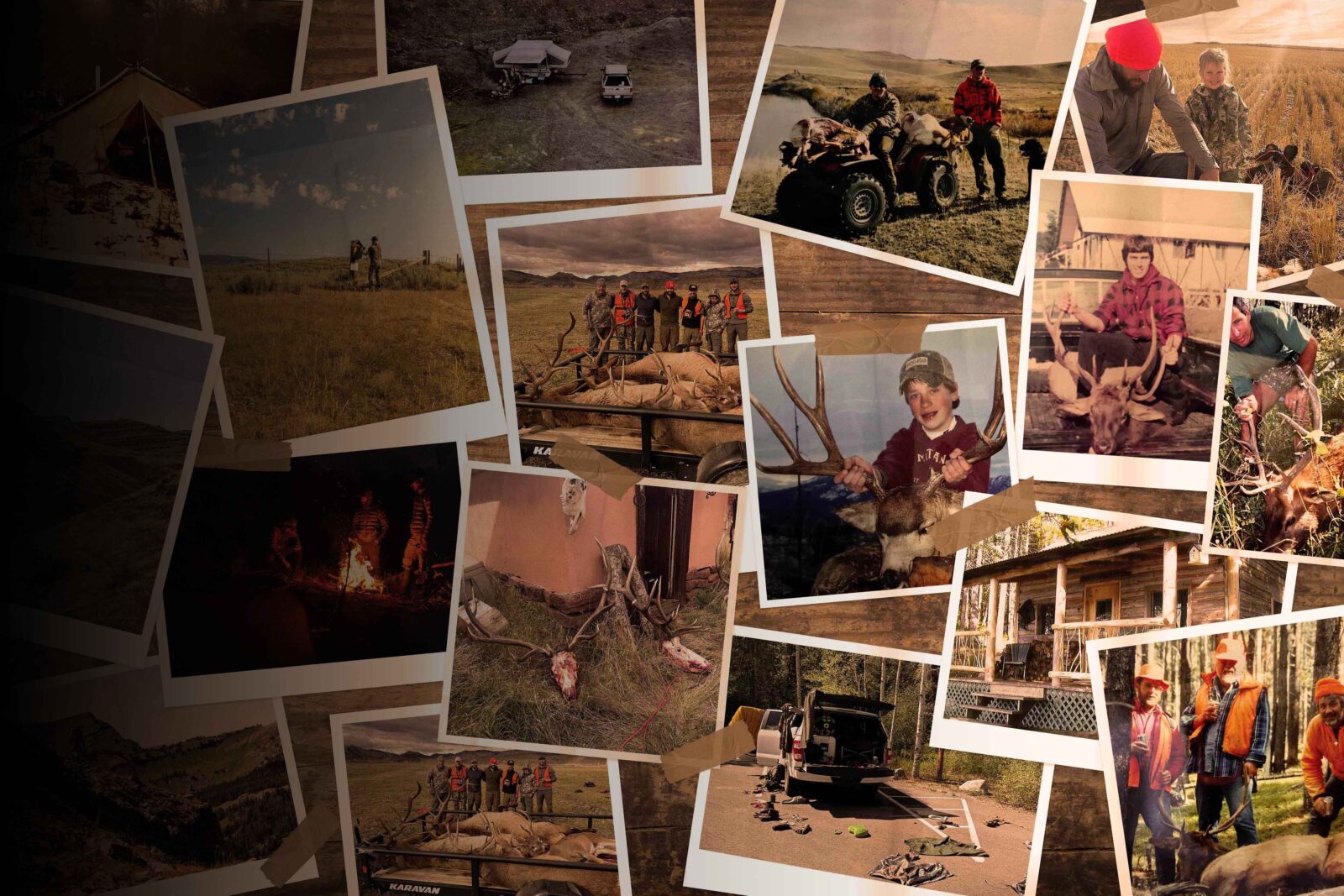

Your Complete System for Securing Tags
Whether you’re chasing a once-in-a-lifetime hunt or just looking to fill the freezer, your season starts with onX Hunt’s application tools—all included with an Elite Membership:
- Hunt Research Tools: Draw odds, tag trends, and harvest stats for 11 western states (Washington is not yet available) to help you decide where to apply.
- Huntin’ Fool: In-depth insights to navigate state-specific systems and build better strategies.
- HuntReminder: Text and email alerts so you never miss a deadline.
One membership, every tool you need to make 2026 the year.

